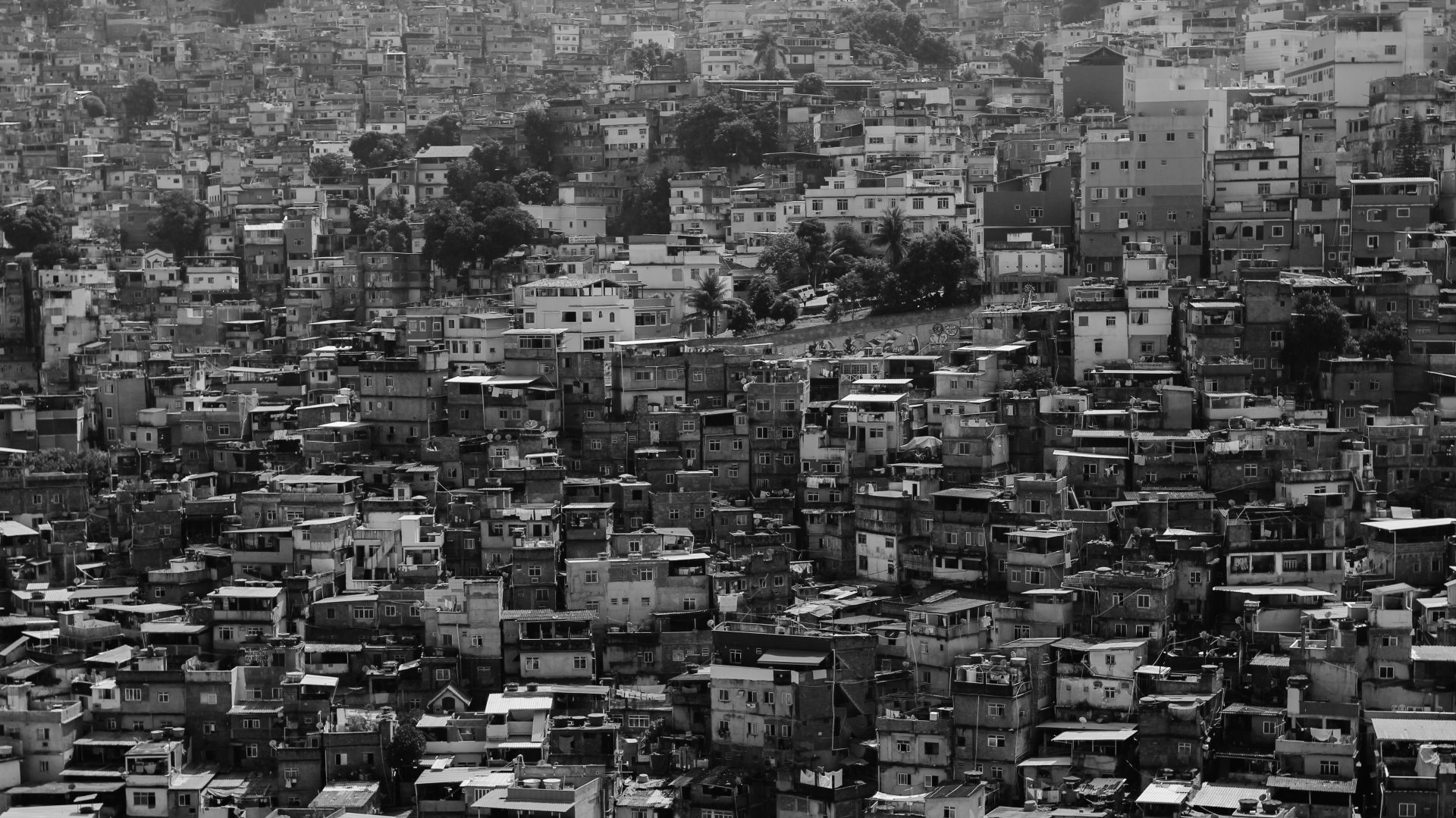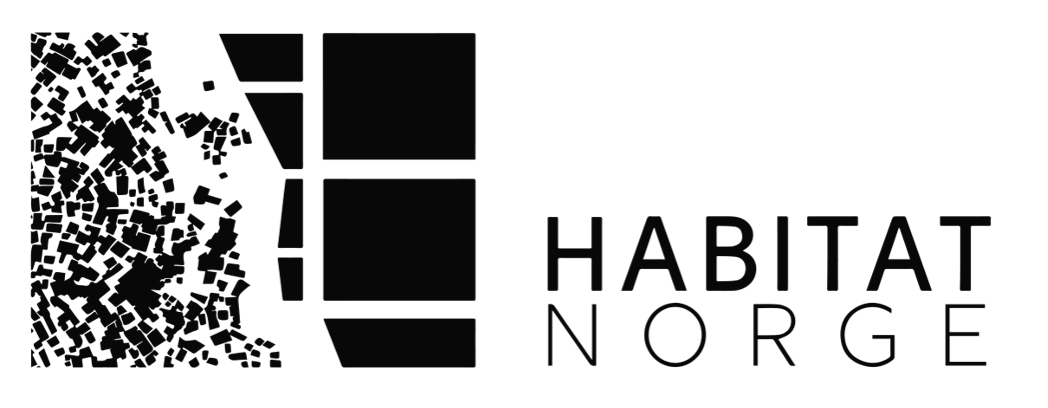Deputy Directors, friends, colleagues, ladies and gentlemen,
On behalf of Habitat Norway it is an honour and a pleasure to welcome all of you to this workshop. A particular welcome to the two Deputy Directors Marit Brandtzæg of NORAD and Victor Kisob of UN Habitat. With colleagues Oumar Sylla and Jean du Plessis from Global Land Tool Network. A great welcome also to the latter’s International Steering Committee that will meet tomorrow. I hope we are all committed to action not only today but in the decades to come.
Almost 15 years ago at Vetre hotel in Asker – I, on behalf of the Norwegian Ministry of Foreign Affairs and the Swedish International Development Agency, organized the first preparatory GLTN encounter. It took place in the middle of a winter storm, with one and a half meters of snow and temperatures of minus 15 – that is outside. Exactly 15 years later – on the month – at Vetre there is no snow, temperatures are above zero but there are more storms – not snow but rain storms. This brings us to an increasing challenge for humanity – the issue of climate change. Land and property – today’s main workshop theme – is disappearing because of extreme weather, erosion, melting of coastal ice, sea level rise also in Norway and Northern countries. The bells are tolling.
Climate is not the sole threat, although influential powerholders would like us to believe that. Global biodiversity is according to recent UN reports endangered. Most important causes are not poisonous pollution, oil disasters nor climate change. It is the physical destruction of nature: water, air and land. Caused by industrial agriculture and forestry, building of new fantasy cities, dams and energy plants, mines and motorways. It is the sum of all accelerating land use interventions that threatens biodiversity. Not only climate.
Population growth in our world of increasing inequalities, particularly in Africa and Asia, adds to the challenge. But as Susan George underscores in her book “How the Other half Dies” (1972), the structure of land ownership has far more to do with erasing hunger and poverty than the amount of population. George refers to four countries in Asia with the least land per person. They are all feeding their population successfully. The four have effectively implemented land reforms which also laid the basis for developing their “Tiger economies”. To promote land reforms will also for the future be of crucial importance for GLTN’s work. Governments that do not regulate access to land and its use, leaving everything to the market and the elites, and that do not benefit from increased land value, cannot influence development. These governments do increase the risk of conflicts, social instability and unrest, negative impacts on climate and disasters, which we will discuss today.
Youth will inherit the Earth. We have all noted with interest the work done by GLTN to provide a more in debt understanding of the land issues that matters most to young people. A deeper understanding is needed of the barriers to land in particular for young women such as inheritance, rental markets and the lack of housing options.
The global financial crises in 2008 signalled a new phase in the development of cities and regions. World known sociologist Saskia Sassen points to the following: “In this new phase city space is being dehumanized and privatized – no matter the added density. It forces people out of areas where they have been living for years. It destroys the economic activities upon which ordinary people base their lives. It reduces opportunities for a decent future for children”. Forced and market evictions or land grabbing – just another word for the same practice – are the daily tsunamis for ordinary people all over the world. Part of the problem is that with privately owned public spaces (POPS) the rights of the citizens using them are severely hemmed in.
For Habitat Norway this is of major concern. In December last year we forwarded a statement to a Government committee set up to assess the ethical guidelines of the Norwegian Pension Fund – the biggest investment fund in the world. Our statement criticised existing guidelines for a narrow imbalanced human rights perspective. For an incidence – a one case focus – on violent forced evictions neglecting long term systematic market evictions. As in Spain, where the housing bank system since 2008 with investment capital from the Norwegian Pension Fund, has evicted 2 million people. Of which a considerable number are pensioners. Despite repeated condemnation of Spanish policies and practices by UN ECOSOC and rulings by the European Court of Justice, the Pension Fund is increasing its stock investments in for instance CAIXA Bank.
Friends of Habitat Norway use to say that we are the most important of all small organisations. Others say that of all important organisations we are the smallest. But, irrespectively, with the biggest Board. This reflects our voluntary character. For 30 years we have been the sole Norwegian NGO advocating urban social sustainability on a global scale trying to “lift” this neglected challenge in Norwegian foreign and development policies. Thanking UN Habitat/GLTN and the Mapping Authority of Norway for an effective co-operation in preparing this workshop, we invite – although small is beautiful – more partners and members. Please, join in.
Erik Berg
Chair, Habitat Norway
January 30, 2020


